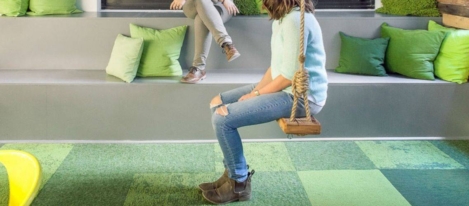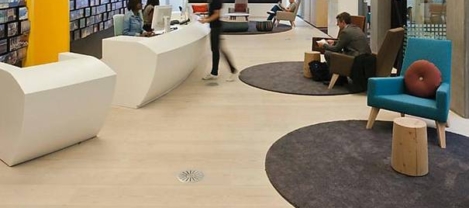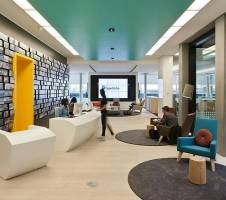January 6, 2016
Two new studies that highlight the complexities of gender at work 0
 The increasingly complex nature of the career and workplace choices made by men and women and the specific challenges they face is the subject of two pieces of research presented at this week’s British Psychological Society’s Division of Occupational Psychology annual conference in Nottingham. The authors of the admittedly small scale studies conclude respectively that men in what are generally considered typically female-dominated occupations tend to value the social aspects of their career more than financial rewards and that ambitious professional women would benefit from a better understanding of how to build, maintain and use their social capital to succeed in their attempts at reaching the top of their professions. Both topics have been raised before but it’s interesting to see yet more research which challenges the often overly simplistic assumptions that seem to go hand in hand with gender issues at work.
The increasingly complex nature of the career and workplace choices made by men and women and the specific challenges they face is the subject of two pieces of research presented at this week’s British Psychological Society’s Division of Occupational Psychology annual conference in Nottingham. The authors of the admittedly small scale studies conclude respectively that men in what are generally considered typically female-dominated occupations tend to value the social aspects of their career more than financial rewards and that ambitious professional women would benefit from a better understanding of how to build, maintain and use their social capital to succeed in their attempts at reaching the top of their professions. Both topics have been raised before but it’s interesting to see yet more research which challenges the often overly simplistic assumptions that seem to go hand in hand with gender issues at work.































January 8, 2016
The six things all people need from their workplace 0
by Jane Kendall-Bush • Comment, Facilities management, Knowledge, Workplace design
(more…)